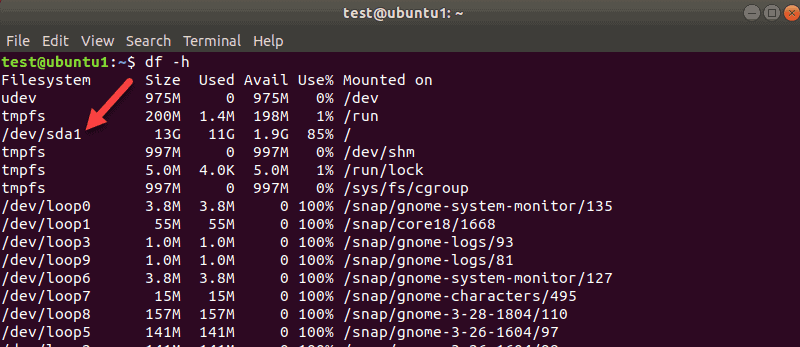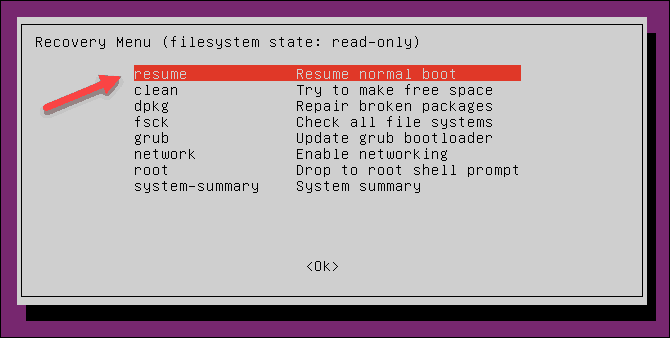Ideal Info About How To Repair Ext3 File System

Run fsck in rescue mode.
How to repair ext3 file system. Though fsck is mostly used to repair the file system, it also checks the file types. The file names fsck.ext2, fsck.ext3, and fsck.ext4 are hardlinks to the e2fsck utility. The file system can be a device or a mount point.
Running the above code gives us the following result −. Here’s how you do it: Fsck can check and repair one or more file system.
For example, if a new disk drive is added to the system, you may want to partition. Steps to repair the file system using fsck 1. Run linux reader™ and click on the drive you want to open.
You must enter the path of the lvm volume to run fsck and not an actual physical partition. Download (how do i revert ntfs file system back from ext3?) repair tool : Run fsck to repair the file system.
Press windows + r keys to open the run dialog box and type in regedit and hit enter. Please see instructions on how to do this at the following link: I fiddled with the write support of explore2fs and made some changes in my root.
Type in hkey_current_user\network in the search bar at the top. After your system boots, check if the file still exists: The windows protected your pc message generally appears to alert you that you are about to run a file with no authentic source or is possibly unsafe for the system.


















